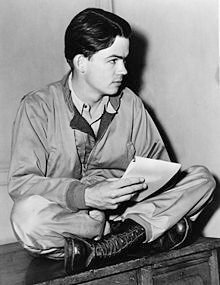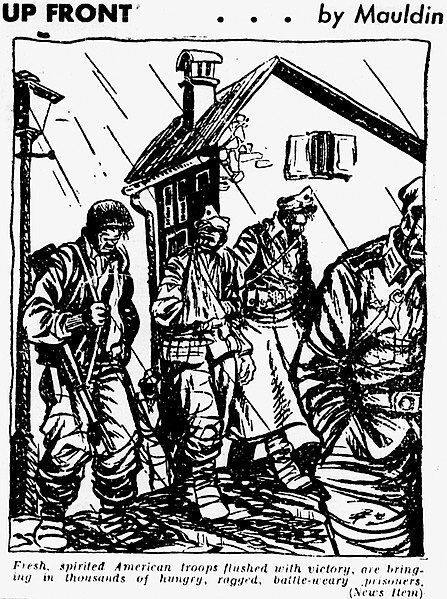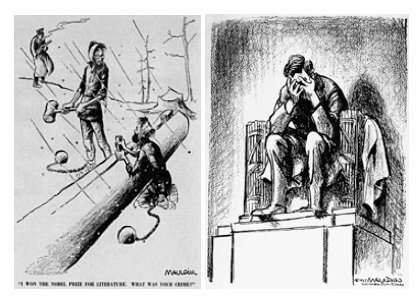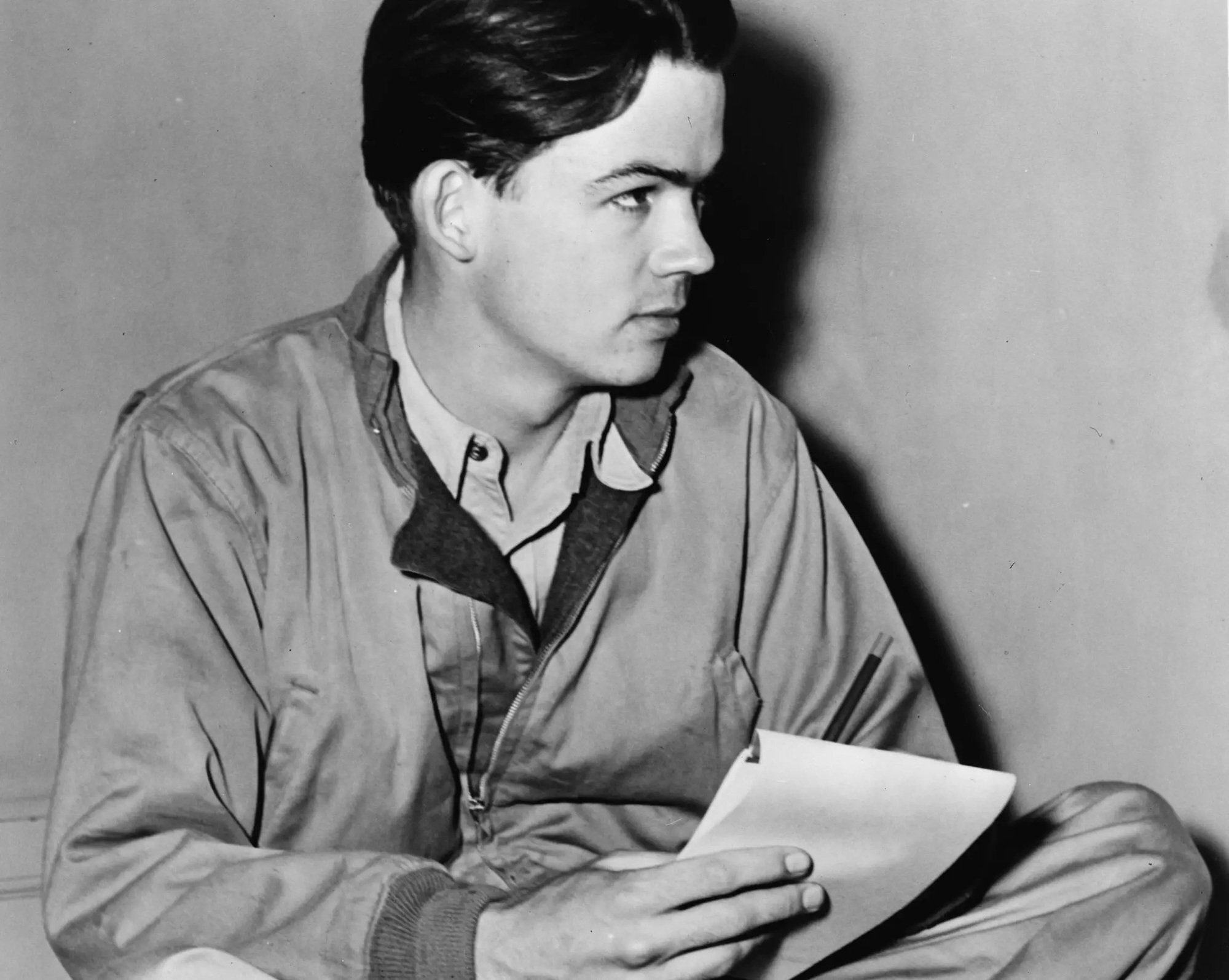American soldiers were drawn like never before with the growth of William Mauldin’s career. As an editorial cartoonist, Mauldin took two Pulitzer Prizes in his lifetime. He is most well-known for depicting two American soldiers, Willie and Joe, who served as infantry soldiers.
However, what’s most interesting about his stint is that Mauldin himself served in the military. In 1940 he enlisted in the Arizona National Guard, where he volunteered to work with the unit’s newspaper and drew cartoons for the publication. This led him to create his two beloved characters who would gain popularity with civilians in the U.S., as well as soldiers in Europe.
His goal was to recreate the “average American GI” and give an inside look at what it was like to serve. Those who were actually on the front line, however, got an added kick out of Mauldin’s observations.

Mauldin then began work with Stars and Stripes, where he continued to grow in popularity. By February 1944, he had syndicated his cartoons, at the request of Stars and Stripes’ editor, Egbert White. That March, he was given his own Jeep to drive around and get ideas for his cartoons, which were now being printed six days a week.
Some of Mauldin’s best-known themes are poking fun at officers who were completely obedient, almost puppet-like. Notably, this caught the attention of General Patton – who had put out a decree that all soldiers must have a clean shave, even as they fight – who wanted to put Mauldin in jail for his expressions. However, General Dwight Eisenhower intervened, saying “Stars and Stripes is the soldiers’ paper and we won’t interfere.”
Eisenhower also knew the importance of soldiers having an outlet for their own frustrations. The fact that Mauldin himself had been wounded only led them to respect his drawings all the same.
His first Pulitzer came in 1945, when Mauldin was just 23 years old.

His second Pulitzer was won with his 1958 cartoon. Though he is best known for the cartoon he drew after the Kennedy assassination.
His character, Willie, later landed on the cover of Time in 1945, while Mauldin himself took the honor in 1961.

After World War II, he continued with political cartoons, eventually working at the Chicago Sun-Times, and worked as a freelance writer. Mauldin also wrote a memoir, Back Home, appeared in The Red Badge of Courage alongside Audie Murphy, and ran for congress in 1956. However, he was unsuccessful and continued his cartoon career instead.
He remained with the Sun-Times, with whom he won his second Pulitzer, until his retirement in 1991.
This article was originally posted on We Are The Mighty.










